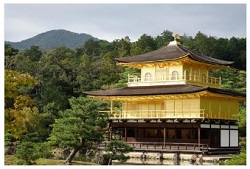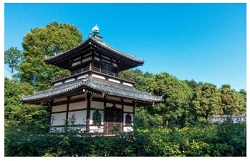What is Kyoto?
An answer is this:
It is where Nintendo headquaters are.
![]()
There are many answers or definitions for the question. Followings are some of them, which may help you understand what Kyoto is.
My impression:Summer in Kyoto is very hot!
In the summer about 20 years ago, I visited Kyoto where my aunt lives. I had a great time with her and cousins, but one thing bothered me. It was very, very hot!
My hometown Kumamoto in summer is known for its high tempreture and humid climate. So I thought I could stand the heat in Kyoto.
I was wrong.
The heat was almost unbearable!

This is the story of about two decades ago, so I don’t know what it is like now. But I don’t think the climate of Kyoto has got cooler. So if you visit Kyoto in summer, mind it can be sweltering.
It was an old capital of Japan
Kyoto was an ancient capital of Japan for over 1000 years(from 794 to 1868). So it has a number of temples and shrines and boasts many places of scenic beauty and historical interest.
It is renowned for its textiles and traditional products and is also a thriving center for indrstry.
One of the must-visit destinations for foreign visitors to Japan.

Kinkakuji temple
Why so many temples and shrines?
Because emperors stayed there for a very long time.
In ancient Japan the imperial capital was often transferred to a new place because they believed the land became unclean when an emperor died or plagues became prevalent.
But after the capital was moved to Kyoto, emperors stayed there for over 1000 years. This is the reason why Kyoto has as many as 17 temples and shrines registered as World Heritage sites.
Shoukokuji temple
(An Introductory Handbook to Japan and Its People p.265)
Kyoto once became a battlefield of one of the biggest civil wars in Japan. It was when the many historical architectures got demolished.
Kyoto lost many cultural properties such as temples, shrines and even the old imperial palace because it was the main battlefield in the Onin War about 560 years ago.
But since then, it has not experienced any major wars and even in the Second World War it was not bombed seriously, though it was on the candidate list for the atomic bombing. That is why a lot of cultural assets including 20% of the national treasure in Japan are now left in Kyoto.
(An Introductory Handbook to Japan and Its People p.265)


